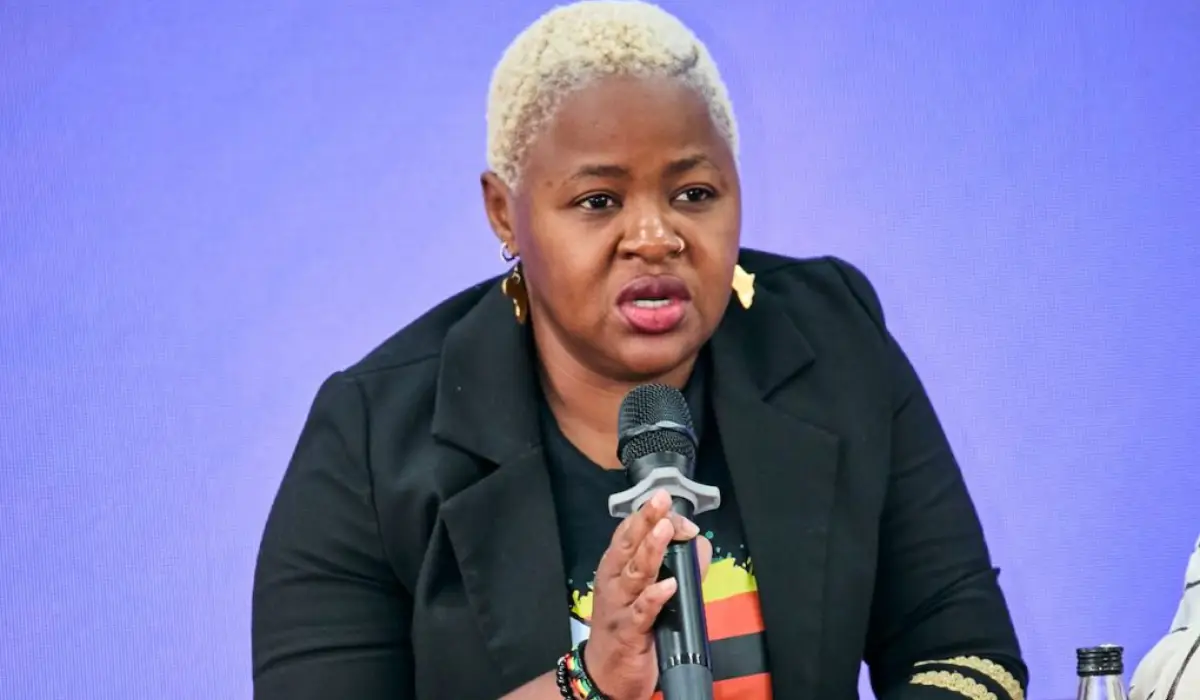Women make up 50.2% of the Sub-Saharan African population. The average age of sexual debut for females in Africa, is below 18 years with reported statistics in some countries of 78% of females having had sexual debut before 18. Generally, Sub-Saharan region governments either prohibit or do not expressly guarantee young people below 18 access to sexual and reproductive health RH services. This is contradictory to statistics that not only show that women marry early but also begin having sex early.
It is important to speak about violence associated with first sexual encounters, (for those of us who will argue about loss of morals and all of that). Up to 40% of young women 16-24 years, report forced first sexual encounters. What this tells us is that we have young women having sex early, unprepared and forced without the net of accessing either preparatory contraception or emergency corrective contraception. It would naturally follow that the rates of unintended pregnancy are high, and associated unsafe abortions consequently would also be high.
While the ESA CSE commitment has improved uptake of comprehensive sexuality education education in schools, this area remains largely contested by parental pushback, cultural norms and values, as well as teacher attitudes and values that color the delivery of syllabi and often even affects the comprehensiveness of information provided. This gap opens the doorway for young girls not having sufficient information to make informed choices about sex, while perpetuating negative sexual practices and attitudes in boys and young men. It results in having female bodies continually seen as reproductive bodies and bearers of reproductive consequences, with limited to no choices. There is room here, to have a broader conversation about bodily autonomy, and consent, not only for girls but also for boys who are pressured into sexual practices by negative male rhetoric that is disempowering.
It important to consider the classism associated with risk of unintended pregnancies and unsafe abortion. We need to consider that who has access to information is dependent on social affluence that opens pathways to information sources. Where an unintended pregnancy occurs, access to private and safe abortion would be accessible for a girl from an upper social class than for an economic and information poor girl of the same age. So, who are the bearers of the consequences of restrictions on access to safe abortion and post-abortion care? Women and girls from resource constrained backgrounds.
Outside of the challenges of young people, at least 48% of married/in union women have an unmet need for contraceptives. The statistics only provide for women in union and not married having transactional sex for survival, unmarried having sex for pleasure but still unable to access contraceptives either due to lack of the contraceptive commodities, the stigma attached or unavailability of services. Anyway, I digress, the point of that tangent, in this case is missed, the point is that we still exist in policing of women’s bodies, so much so that sex cannot be spoken of to happen outside of union for other reasons outside of those of reproduction and marital obligation. But essentially, there is no sufficient availability and accessibility of contraception resulting in increased risk of unintended pregnancies.
It is critical for us to be firmly aware that the issue of access to safe abortion is not a frivolous matter for women to just have access to because they are irresponsible or because they enjoy the idea of abortions. Safe abortion is linked to other critical bodily autonomy provisions that are missed. If we provide young girls and women with comprehensive sexuality education, strengthen interventions with men and boys to end sexual violence and harmful sexual practices such as date rape, allow and avail women to access contraceptives on demand, and ensure that there is infrastructure for women of all shapes, sizes, colors and sexual preferences to access modern means of contraceptives including emergency contraceptives, then the rates of unintended pregnancies would also reduce and subsequently unsafe abortion rates would also reduce. Even then, the availability of safe abortion services should be an accompanying package to all the other interventions for those cases where it is necessary.
Governments are responsible for ensuring that the policy and practice environment on accessing abortion services and post-abortion care are such that these services are accessible when needed. The bureaucracy in most African countries currently associated with accessing safe abortion for victims of sexual violence, women with health risks and administrative nightmares to access post abortion care, nullify the ‘availability’ of these services. We need to do better; it is simply unacceptable!
Let us consider the importance of allowing women, especially resource and information poor women to have power over the decisions of when, how and how many children to have. Consider that there is not enough done to provide women with the security necessary to avoid unintended pregnancies. Treat the issue of access to safe abortion as an aid in securing safety, equality and preserving lives of women, and stop the policing and treatment of women’s bodies as reproductive bodies, not bodies in themselves so that women can enjoy reproductive health in the true intended spirit of sexual reproductive health rights. #abortionsolidarity
Written by Runyararo Mutariswa, Sonke’s Sexual Reproductive Health Rights Co-ordinator








